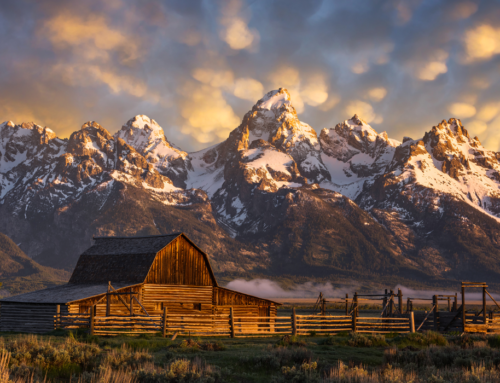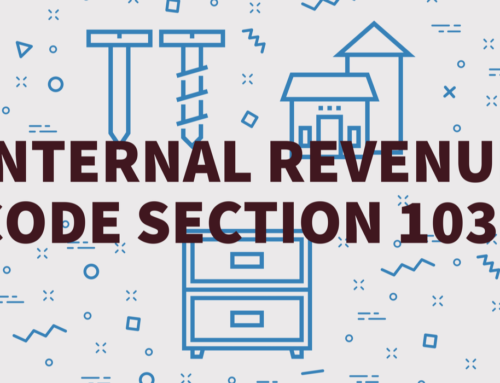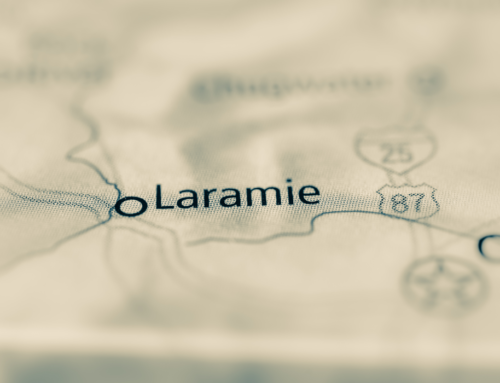Project Description
Mineral rights entitle the owner to resources in the ground. In other words, if there is oil under my house, and I own the mineral rights, that is MY oil. What trips up a lot of people is that just because you own a piece of real estate, it doesn’t necessarily mean you also own the mineral rights. This is because surface rights, which is what most people think of when they think “real estate”, can be owned separately and independently of mineral rights.
Surface rights allow you to build a house, plant a garden, and otherwise enjoy walking around on the surface of the property. Mineral rights allow you to extract resources in the ground (or give others the right to extract said resources).
In resource rich areas like Colorado, North Dakota or Wyoming, it is not uncommon for someone to sell or buy mineral rights separate from surface rights. For example, an oil and gas company isn’t interested in the surface of a 5,000 acre cattle ranch since it is not in the business of raising cattle, but it is very much interested in the oil underneath the surface. Conversely, the cattle rancher isn’t much interested in the oil under his 5,000 acres as he doesn’t have a way to get it out. As such, it often makes sense for the rancher and the oil company to strike a deal where the oil company will either buy or lease the ranchers minerals. Since the oil company is only leasing or buying the minerals, the rancher is free to continue to use his land for cattle grazing.
In the United States, property starts out as a “Fee Simple Estate”, which is the highest possible form of ownership and includes the entire “basket” of rights including surface and minerals. If the rancher were to sell the mineral rights (as opposed to leasing them), this would create a ‘severed estate’. If he later sold his property, he would only be selling the surface rights and not the mineral rights – those would be owned by the oil company.
Often people will lease their mineral rights to an oil company. The way this works is that an oil company agrees to pay the mineral rights owner an upfront lease bonus and a percentage of all the revenues generated from the sale of his share of oil extracted from his land. Usually, this lease last into perpetuity as long as some nominal amount of production is occurring on the land (in this case a lease is “held by production”). When a mineral rights owner leases his minerals, he is still the owner of the mineral rights and is free to sell or convey them as he sees fit.
Mineral rights are often a source of confusion because often they have been conveyed, reserved, divided or otherwise transferred between parties several times over decades. Several states like Colorado do not tax mineral rights, so there isn’t a centralized source to determine ownership. As such, in order to determine ownership, a title analysis needs to be performed that often goes back hundreds of years that traces the passing of the mineral rights from party to party. This is why someone may end up owning an “undivided 1/8 of a 1/32 interest in 320 acres” or some other fraction. At one point, ownership was a full 100%, but over time as property is divided among family members or otherwise sold and reserved, and it can become quite tricky to figure out exactly who is entitled to what.
If you own mineral rights and are interested in learning more about your options, please contact us at contact@tpgenergy.com.








